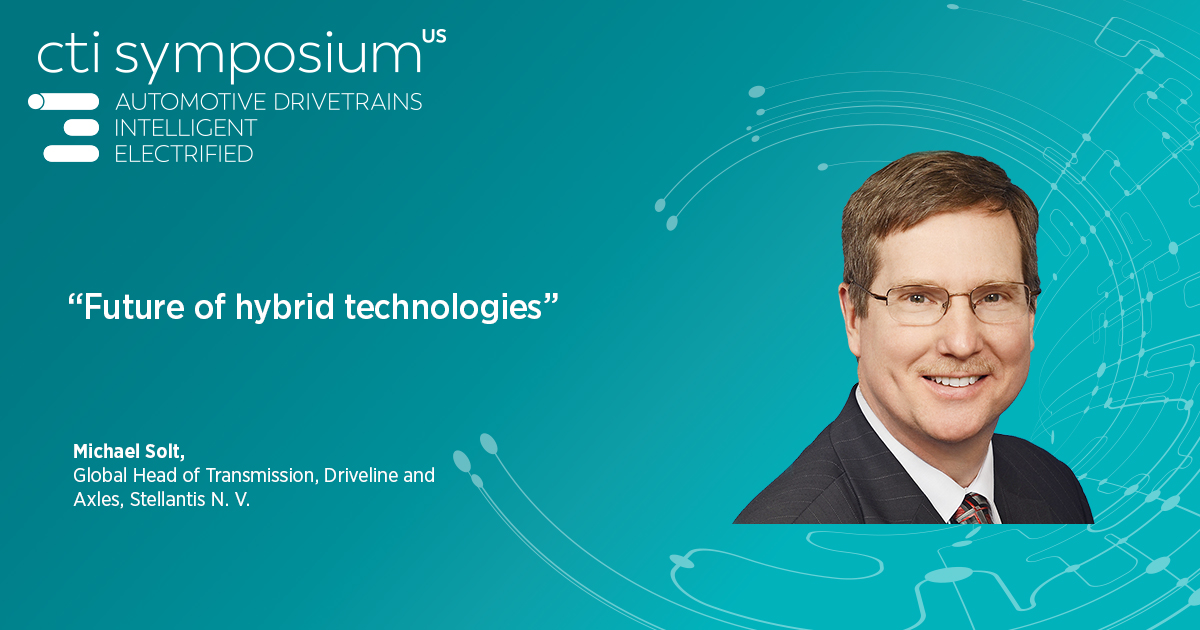
Michael Solt, Global Head of Transmission, Driveline and Axles, Stellantis N. V.
More than a century old dominance of the ICE propulsion system is in decline but no one can predict how quickly this may happen. Pundits estimate that by the end of this decade or early next decade a quarter to a third of the vehicles sold may be BEV. Which leaves a large room for the ICE vehicles combined with electrified transmissions and drivelines in xHEV configurations. Year over year strict emissions and greenhouse gas regulations put tremendous pressure on the automotive manufacturers for electrification.
Several strategies are being employed to comply with regulatory and environmental standards. Convergence of xHEV technologies have been observed in the FWD and RWD configurations. Range anxiety, long recharge time, charging infrastructure and ever rising cost of the basic materials needed for an electric propulsion system are the biggest concerns related to BEV. Considering these issues xHEV provides a better near term alternative and a smoother transition to a fully electric propulsion system. In addition, continuous improvement of ICE engines with 50%+ efficiency and improvement in the electrification technologies makes these xHEV technologies even more attractive. To that end the automobile industry and it’s supply chain are going through massive changes with many new players supporting the evolution of vehicle electrification. Companies need to be dynamic and adaptive to win in this environment. Mike Solt will highlight and discuss important elements during his plenary speech on 8th September.
